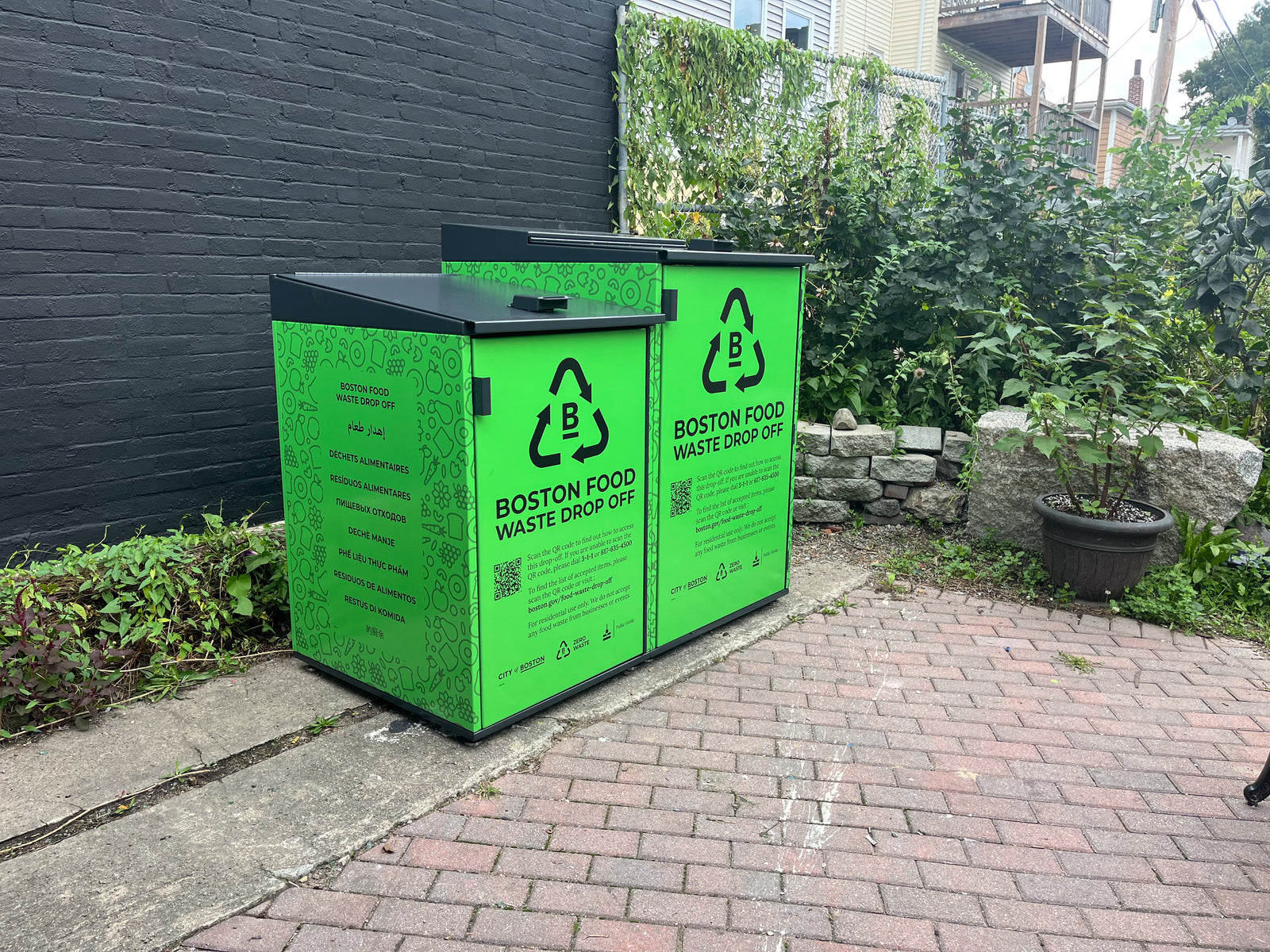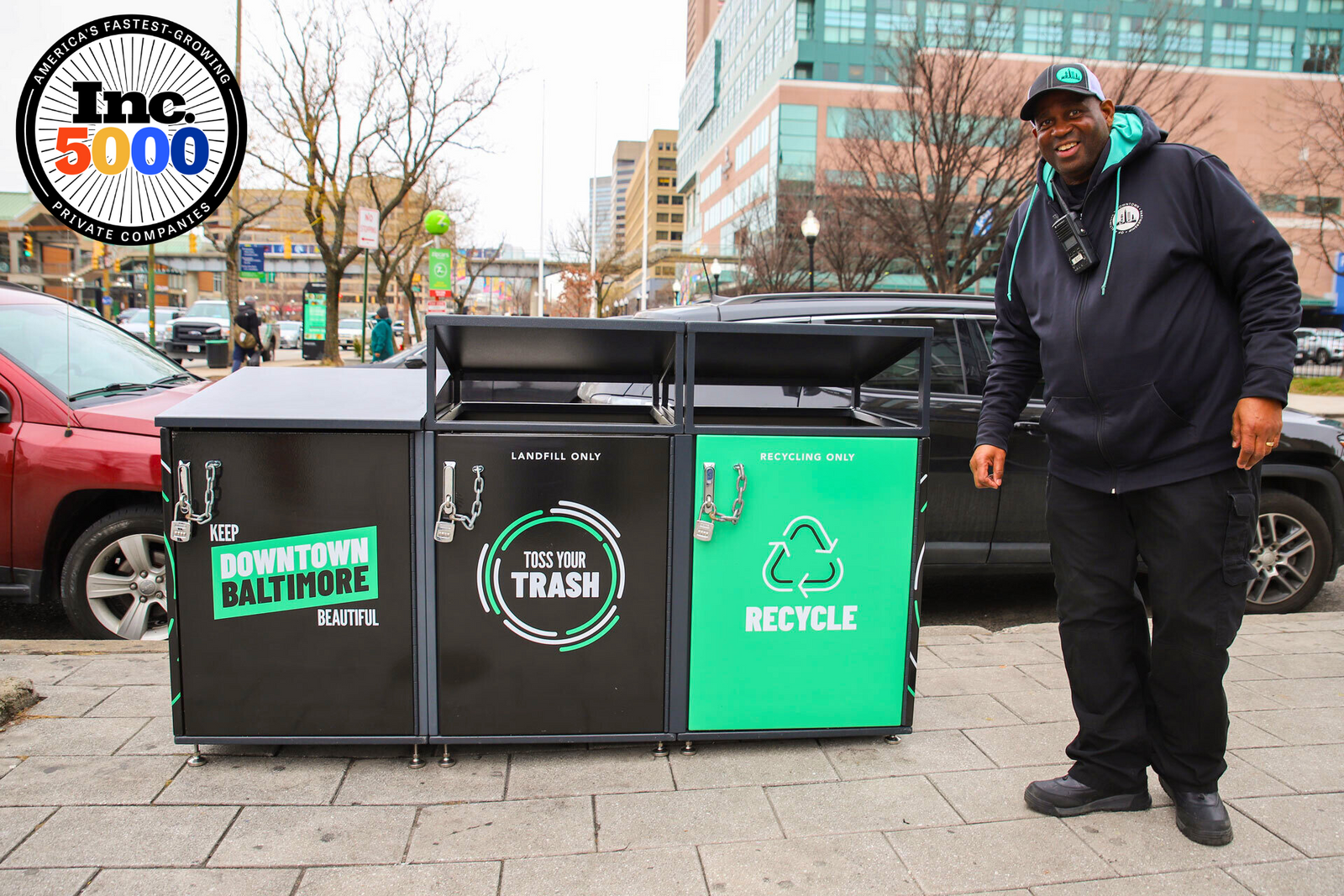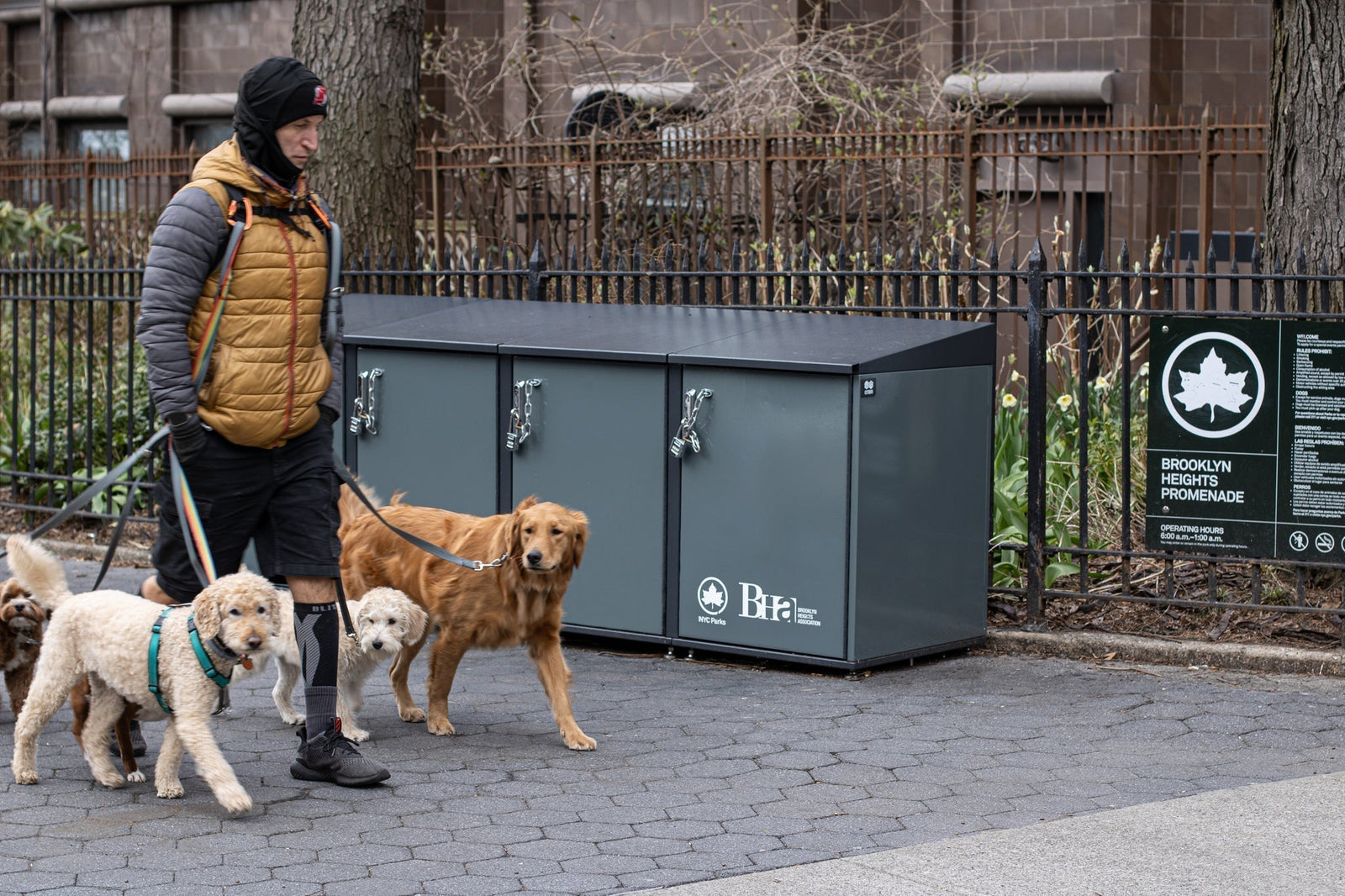10-second recap:Keeping all your trash in one container is a rotten idea. In fact, improperly disposing of recyclable waste could render it unrecyclable, leading to even more waste.

CITIBIN is committed to making it as easy as possible for you to keep your waste streams separate. This is why we created trash bins that you can customize by keeping your composting away from your recyclables. "Our trash enclosures make it easy to separate waste streams,” said Liz Picarazzi, CITIBIN CEO and founder. “Each stream has its own bin and sign indicating the type of waste." But why is it so important to take the extra time to separate your waste streams?
In our two-part series, we explore many of the reasons why it’s critical (and sometimes the law) to keep waste streams separate.
First up, we asked Stacy Savage, Founder/President at Zero Waste Strategies LLC to help us understand the intricacies of keeping streams separate. Savage works with businesses including Dell, AT&T, Nestle Purina, Kohler, Boston University, and the City of Austin to reduce waste for increased revenue, so she has some excellent insights into what’s involved in the process.
Separating recyclables and compost from the waste stream is crucial for several reasons. “Firstly, it ensures that materials can be properly processed and recycled into new products or returned to the earth as compost, reducing the strain on natural resources and minimizing waste sent to landfills,” Savage said. And then things get even more complicated.
“When recyclables are contaminated with food waste or other non-recyclable materials, it becomes much more difficult to recycle them effectively,” Savage said. And “When a load of recyclables is deemed too contaminated, usually around a 25-30% contamination rate, the whole load will most likely be landfilled as it’s not financially feasible to sort out the non-contaminated items in that load.” Savage added, “It also costs the workers at the recycling plant time and energy to shut down operations so someone can crawl into the machinery to unravel the “tanglers”, like plastic bags and garden hoses that don’t belong.”
By not separating our waste streams, recycling becomes inefficient or more expensive, which can ultimately lead to more crowded landfills, higher taxes or other fees, and the possibility of harmful emissions.

Savage said that composting organic waste such as food scraps and yard trimmings “not only diverts this material from landfills but also produces nutrient-rich compost that can be used to enrich soil and support healthy plant growth.” Simply keeping compostables separate from other waste streams allows for “more efficient composting processes and maximizes the environmental benefits of diverting organic waste from landfills.”
About those landfills....
Savage said that landfills pose significant environmental and health risks. “They emit greenhouse gases like methane and carbon dioxide, potent contributors to climate change, and can contaminate soil and water with harmful chemicals and pollutants.” If we do our part and reduce the amount of waste sent to landfills in the first place – through effective waste separation and recycling efforts – Savage said, “We can mitigate these negative impacts and work towards a more sustainable waste management system.”
Savage said that getting to zero waste – or a minimum of 90% waste reduction or more from landfills and incinerators – “is going to take leadership from governments and businesses, major public education campaigns, and the willingness of the average consumer to change their habits.”

“Single-use containers contribute to a host of environmental problems throughout their lifecycle,” Savage said. “Their production often relies on finite natural resources such as fossil fuels and fresh water, contributing to habitat destruction, pollution, and resource depletion.” As if that wasn’t bad enough, Savage said the manufacturing process for single-use containers generates greenhouse gas emissions and other pollutants that contribute to climate change and air pollution. But wait. It gets worse.
“Once used, single-use containers frequently end up in landfills or as litter in the environment, where they can take hundreds of years to break down, if at all,” said Savage. This contributes to visual pollution and “poses serious threats to wildlife, who can become entangled in or ingest plastic debris.” Did we mention that it gets even worse than that?
Savage said that when these plastics are exposed to the sun for long periods of time, “they begin to fracture into microplastics and contaminate the soil and water supplies. Microplastics can be so small that they’ve been found everywhere from mountaintops to the placentas of newborn babies.” And if all of that wasn’t depressing enough, Savage said “When wildlife and marine life ingest microplastics or when our produce is grown in soils with microplastics, you can be sure they are already in your own bloodstream.”
We can do better.
“The convenience of single-use containers has led to a culture of convenience through disposability, where products are used briefly and then discarded, which exacerbates the global waste crisis,” Savage said. But there is hope! “Transitioning away from single-use containers towards reusable, recyclable, and compostable alternatives can help reduce waste generation, conserve resources, and minimize the environmental impacts associated with our overconsumption habits.”
Ready to separate your waste streams while helping to save the planet? We got you! If you’re unsure where to start, sign up to download CITIBIN’s new buyer’s guide. In our guide to everything trash bins, we cover everything from measuring your space to choosing the look or locks that work with your space. If you know exactly what you want, you cancreate a customized bundle. If you love the look of CITIBIN, call us at 347.549.4121 or email us atinfo@citibin.com to chat about creating your own customized trash bin setup.


